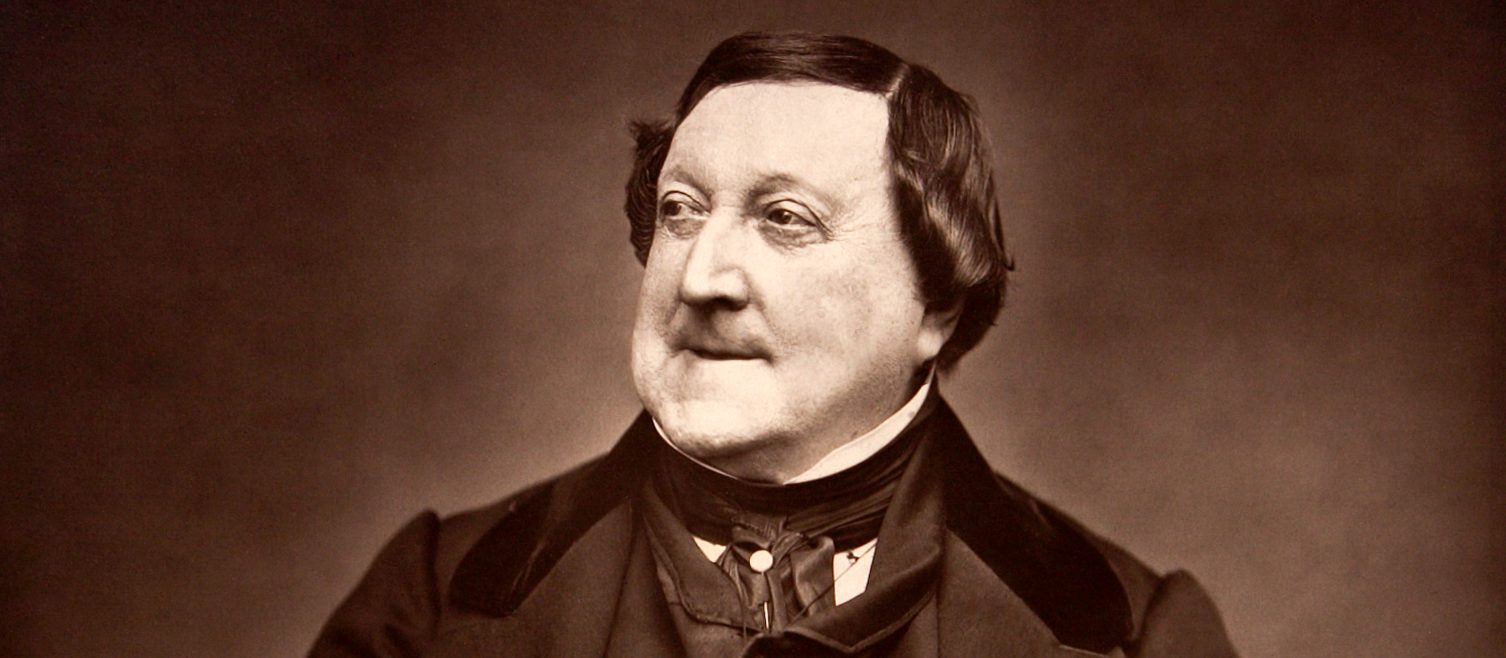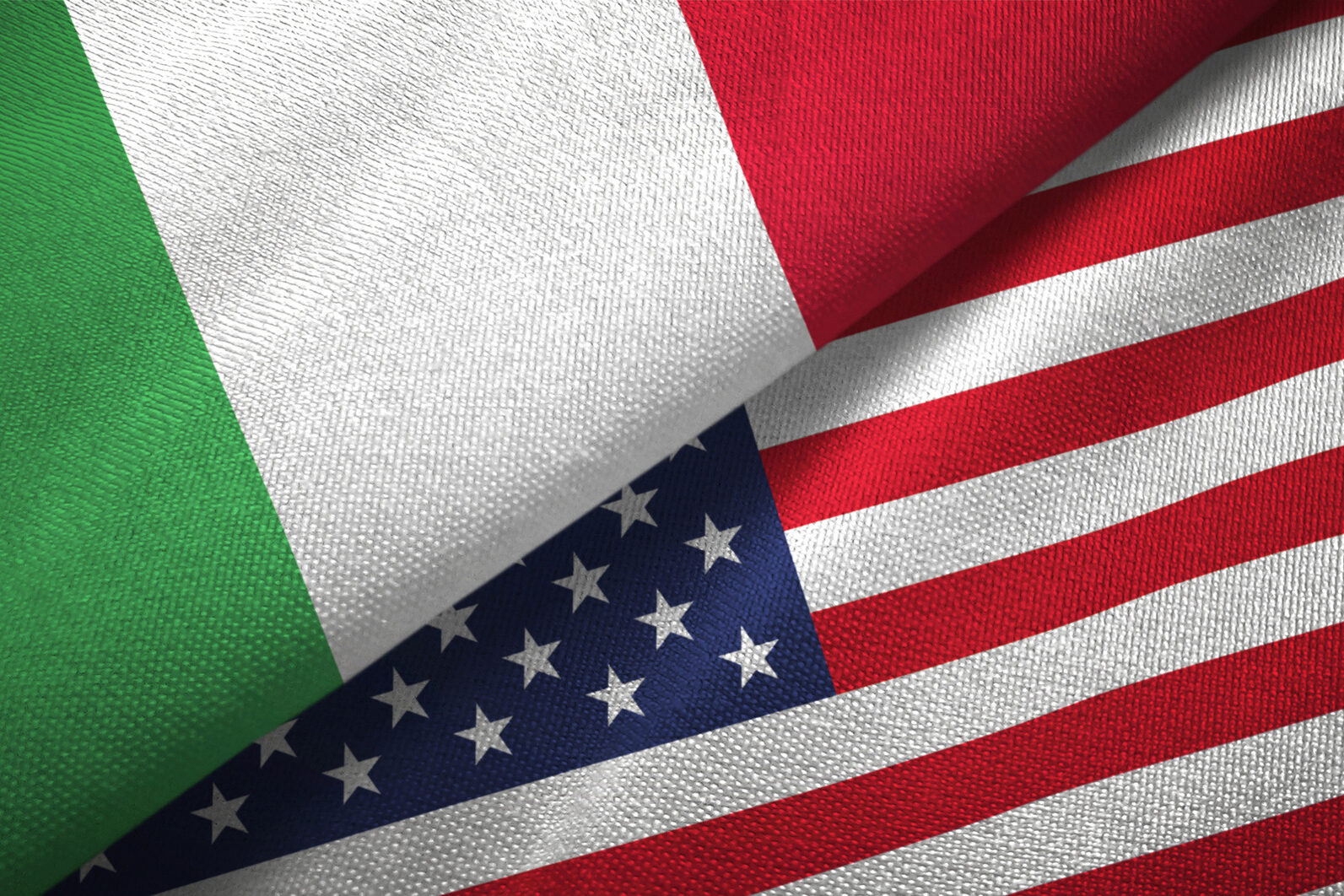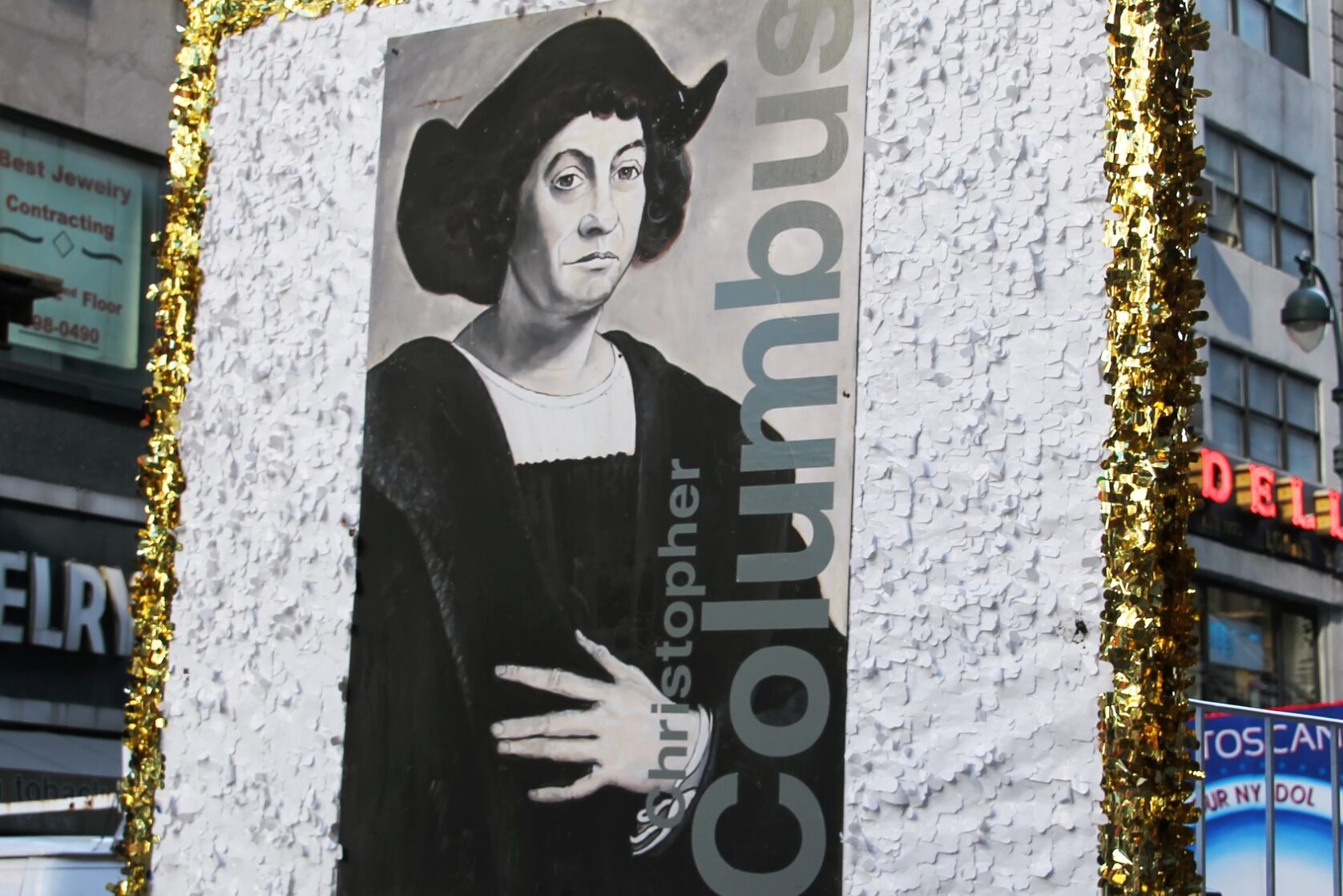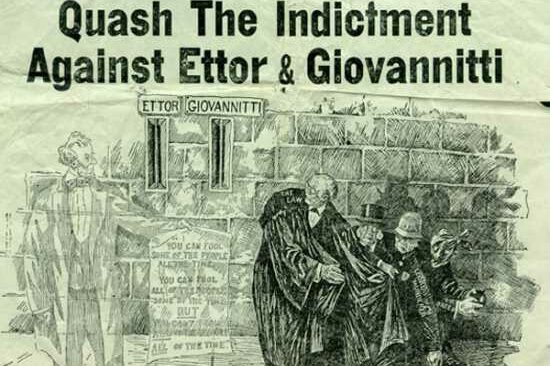Dear Readers,
February dates with an Italian connection:
Amerigo Vespucci (1452-1512) was born in February. He is the Florentine sailor, merchant and map maker who gave his name, Amerigo, to America. He entered the service of the Medici and lived until 1496 as their agent in Spain at Seville and Cadiz. In 1497, he charted the North and Southern continents naming them Mundus Novus. He made a voyage from Cadiz, on which according to his description, he sailed up the Pacific Coast of America, as far as what is now known as British Columbia, Canada. In 1499, he claimed to have crossed the Atlantic again and completed two other voyages to America in 1501 and 1503. By word of mouth advertising, Amerigo managed to get lots of publicity and his “New World” (Mundus Novus) was described in navigational circles as “Amerigo’s Land”. Centuries later, we became known as Americans and not Columbians after Christopher Columbus.
***
Attilio Piccirilli, a Neapolitan immigrant and his five brothers, all gifted sculptors deserve mention in February, the month we celebrate Presidents’ Day (Feb. 16 this year). The head sculptors of the Lincoln Memorial, a monument to our sixteenth president Abraham Lincoln, erected in Potomac Park, at Washington D.C. and built between 1914-1922, were the Piccirilli Brothers. Designed with a peristyle of 36 Greek classic columns, it contains a large seated statue of Lincoln and in front of it, a long reflecting pool which creates a superb impression from a distance. This talented sculptural sextet also carved the famous Lions on the steps of the New York Public Library, the façade of the Brooklyn Museum and many other works in New York and across America.
***
Brumidi, our Capitol’s Italian immigrant artist, began painting in the Capitol on February 19, 1855, and spent the next 25 years beautifying its Rotunda, corridors, and its committee and ceremonial rooms.
Costantino Brumidi was born in Rome in 1850 and was trained as an artist. He was a master of fresco painting and painted in the styles of the Italian High Renaissance and the Italian Baroque. He arrived in New York City in 1852, as a political refugee, and he became a citizen in 1857. He was known for his exceptional love for his adopted country.
“My one ambition and my daily prayer is that I may live long enough to make beautiful the Capitol of the one country on Earth in which there is liberty”, he said.
Brumidi’s paintings and decorations depict the history, inventions, values and ideals of the United States. He also created portraits of national leaders that for more than 150 years have enhanced the dignity and beauty of the Capitol.
In 1865 Brumidi painted his masterpiece, “The Apotheosis of Washington”, in the eye of the Capitol dome, and in 1871 he painted a tribute to African American Crispus Attucks, when he placed him at the center of his painting of the Boston Massacre.
At age 74, in 1879, an ailing Brumidi began work on the frieze of American history that circles the Rotunda. Although he nearly fell from the scaffolding, he returned to paint the next day. But a few months later, on February 19, 1880- 25 years to the day after he began work in the Capitol, Brumidi died. He is buried in the District’s Glenwood Cemetery, and in 1950 Congress authorized and paid for a marker for his grave. On the 200th anniversary of his birth, in 2005, Congress also authorized a Congressional Gold Medal honoring Costantino Brumidi.
***
Chaplain John Gano, baptized then General George Washington, in New York City following the American Revolutionary War (1775-1783). Divinity records of the First Baptist Church of New York City indicate that Gano, the first pastor of the church, had served as a chaplain through the war period. When the war was over, General Washington and his troops encamped at Newburg on the Hudson River. Chaplain Gano preached the Gospel and expounded the Bible to the troops. General Washington heard him and, though a member of the Episcopal Church, having been sprinkled in infancy, began to search the scriptures. He became convinced that he had never been baptized. He approached Chaplain Gano and requested baptism “as taught and practiced in the scriptures”. He was baptized in the Hudson River in the presence of 42 witnesses. He, who was to become the first President of the United States, was baptized upon his profession of faith by the first pastor of the First Baptist Church of New York. However, Washington never severed his relationship with the Episcopal Church.
***
Vittorio Emanuele II was proclaimed the first king of Italy on February 18, 1861, as the northern and southern portions of the boot-shaped peninsula were politically reunited for the first time since the fall of the Roman Empire. King Victor Emmanuel II of Piemonte-Sardinia was proclaimed as “king of Italy” following the capture of Gaeta by Piedmontese troops four days before.
Vittorio Emanuele II had been a popular monarch, but his position as King of all Italy was due to the diplomatic and political skills of his Prime Minister Count Camillo di Cavour and the strong desire on the part of Giuseppe Garibaldi to have a united Italy.
***
Gioacchino Rossini, the Italian operatic composer who wrote over 30 operas, among them The Barber of Seville and L’Italiana in Algeria was born in Pescara (Abruzzo) on February 29, 1792. Rossini’s career took him from Bologna, where he studied, to major theatres in Venice and Northern Italy, then to Naples and finally to Paris.
Although he composed dozens of overtures and operas, Rossini’s most famous overture is “The William Tell Overture”. Non opera buffs may not know composer Rossini’s name, but most people can identify the overture from his last opera, Guillaume Tell, 1829. They just know it as the “Lone Ranger Theme”.
***































